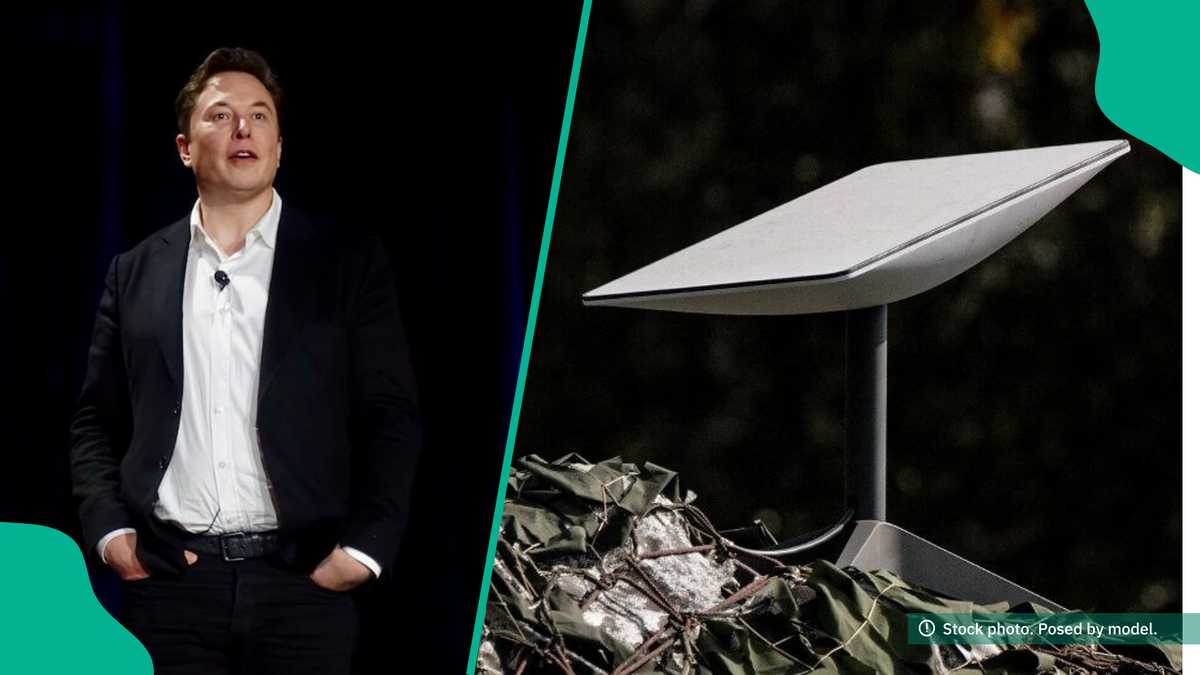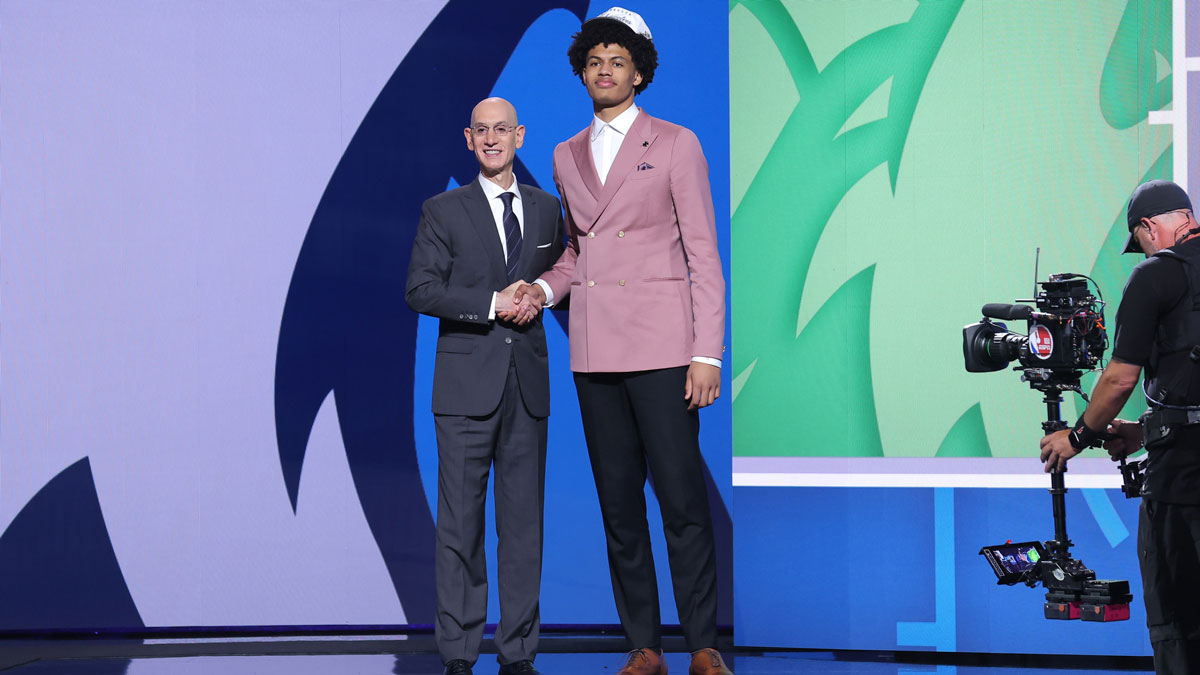BYD is jealous of Xiaomi's success - they offer YU7 rival with lower price and better specs, but no one cares | OPINION
Xiaomi launched the highly anticipated YU7 SUV in China on Thursday, securing 240,000 lock-in (non-refundable) orders in 18 hours. While the media focus on the impact on Tesla’s Model Y SUV, which will likely be affected by YU7 sales in China, the new Xiaomi SUV will also hit hard Chinese EV startups as well as legacy automakers, including BYD.
And folks in Shenzhen have a big reason to be unhappy. Not only will YU7 put pressure on sales of their mid-to-large SUVs, such as the Sealion 8 and Song L, but also because of how well Xiaomi executed the market entry for YU7 and how they utilised strong branding and their hardcore fan customer base.
In April, the Shenzhen-based automaker launched its flagship SUV, called BYD Tang L. Without thousands of preorders, without thousands of sales in the coming months, and without attention from most mainstream media. The only reason you probably became aware of this car (if you are not a CarNewsChina reader, in which case you are well aware) was the support of BYD’s ultra-fast charging and the fact that it can charge a 370 km range in just 5 minutes.
Let’s take a closer look at this forgotten YU7 rival.
BYD Tang L starts at 239,800 yuan (33,400 USD), undercutting YU7 by 13,700 yuan (1,900 USD). It is RWD with a single 500 kW motor, which spins at 30,511 RPM (rotations per minute). The top speed is 240 km/h. It features an optional roof-mounted drone docking station, occupying approximately 0.29 m², which opens with a button click and releases the drone.
The entry-level YU7, which costs 253,500 yuan, is also RWD with a single motor providing a maximum output of 235 kW and spinning up to 22,000 RPM. The top speed is the same, 240 km/h.
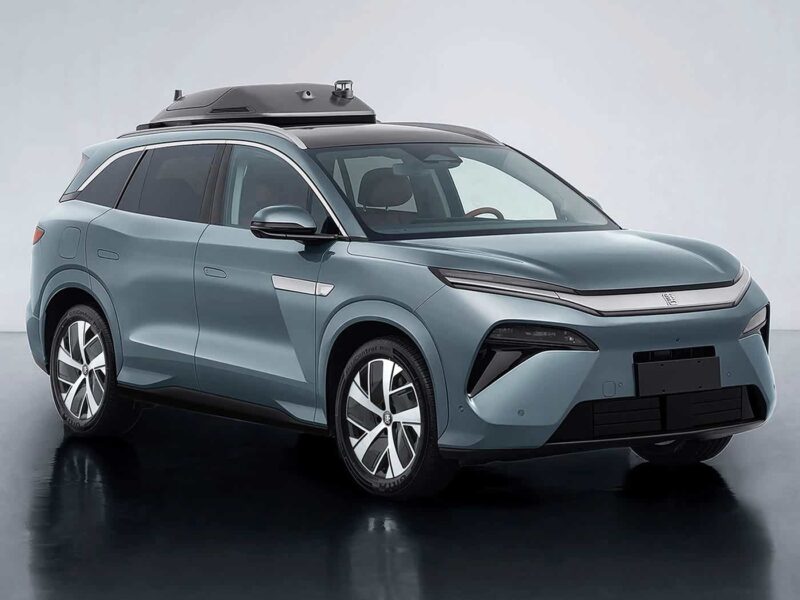
The Tang L RWD features a 100.5 kWh LFP blade battery, which is capable of providing a 670 km CLTC range. It features BYD’s 1000V charging platform, and the battery has a charging multiplier of 8.4C.
The BYD Tang L also supports dual gun charging, allowing you to plug in two charging cables simultaneously (which is nothing new in the BYD lineup), providing a maximum charging rate of 1000 kW. The SUV can charge from 10% to 70% in 6 minutes and from 0 – 100% in 29.7 minutes. It can also get a 370 km CLTC range in 5 minutes.
The Xiaomi YU7 features a 96.3 kWh LFP battery from CATL, offering an 835 km CLTC range. It features 800V charging, and the battery has a 5.2C charging multiplier. It can charge from 10% to 80% in 21 minutes and add 465 km of range in 15 minutes.
In terms of assisted driving, the BYD Tang L features the ADAS system DiPilot 300 (God’s Eye B) powered by Nvidia Drive Orin X, which offers 254 TOPS (trillion operations per second).
The Xiaomi YU7 features Xiaomi Assisted Driving Pro ADAS, which is powered by Nvidia Drive AGX Thor with 700 TOPs. On paper, Xiaomi is a winner here. However, many reviewers were very diplomatic when talking about Xiaomi ADAS, saying there is still space for improvement and that it is pretty “conservative”. My favourite take is from car reviewer Sean from Telescope, who tested it on SU7 Ultra, and described it as “The last thing you want when driving a 1500 hp car is to be beeped at for slowing down the traffic. And today, I got beeped.”
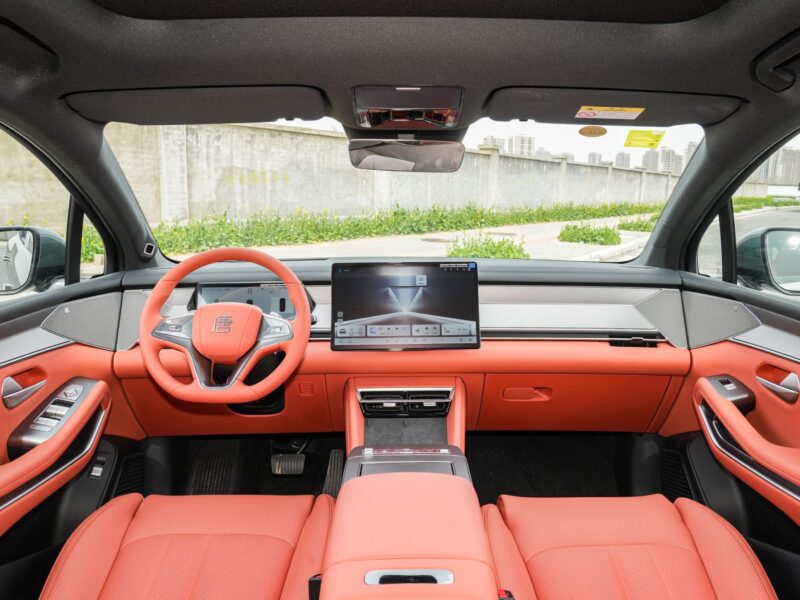
The BYD Tang L measures a bit more than the YU7 and is significantly heavier. The exact dimensions are as follows (length/width/height):
Tang L’s curb weight is 2,675 kg, while YU7’s curb weight is 2,315 kg.
Due to its more powerful motor, larger weight, and enhanced optimisation, the YU7 outperforms the Tang L in terms of energy consumption, with a figure of 13.3 kWh/100 km compared to 17.4 kWh/100 km. That is not surprising, as energy consumption is not where BYD generally excels.
The BYD Tang L outperforms the YU7 in many areas, particularly with its e-platform, charging capabilities, and motor power. YU7 excels in energy consumption, connectivity, and numerous small details that Xiaomi fans will appreciate.
Which car is better? That is beyond the scope of this article and would always be subjective. What I want to demonstrate is the massive brand power of Xiaomi and its charismatic CEO, Lei Jun, in China. Despite being cheaper and a fair enough competitor to YU7, the Tang L will have only a fraction of its sales. The Xiaomi fan base is something even giants like BYD and other Chinese EV makers can only dream of. And the Beijing-based automaker is not afraid to utilise it to achieve its goal of selling 10 million EVs annually.
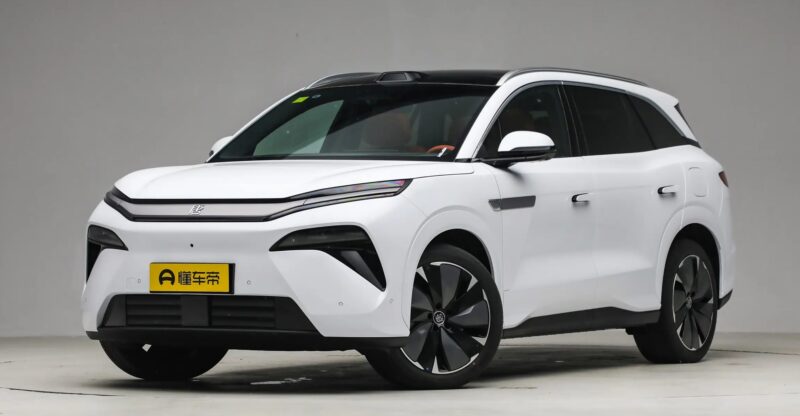
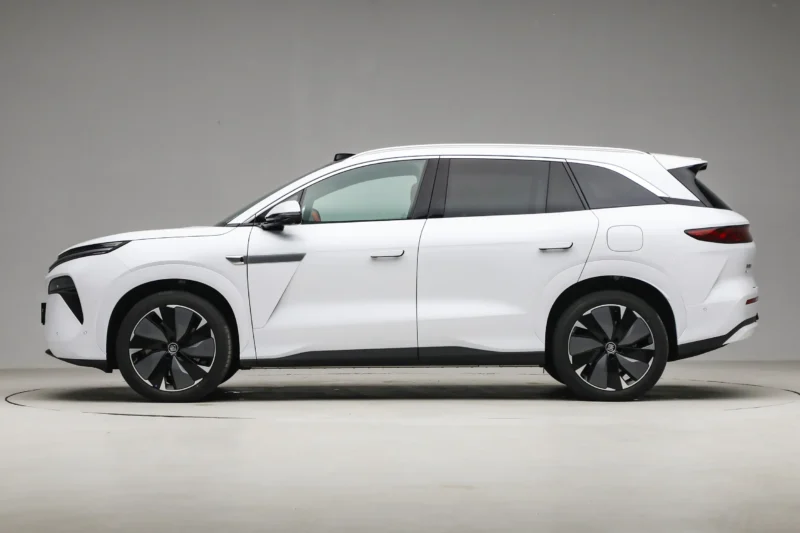
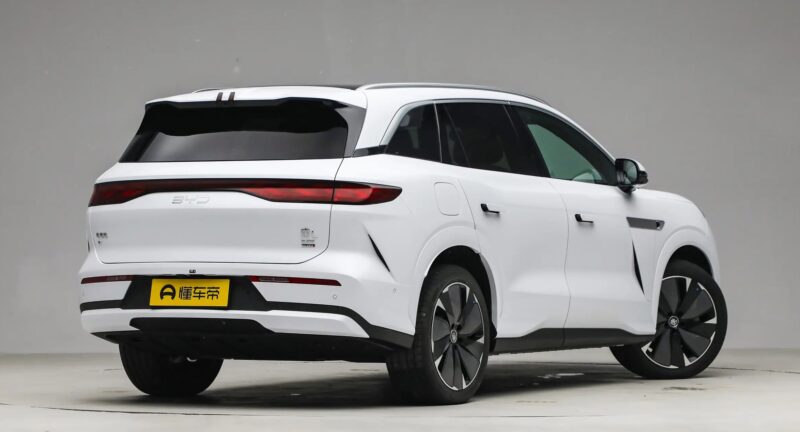
We’ll send you a weekly summary in your e-mail. No spam. Unsubscribe with one click.
Thank you! Your submission has been received!
Oops! Something went wrong while submitting the form.



